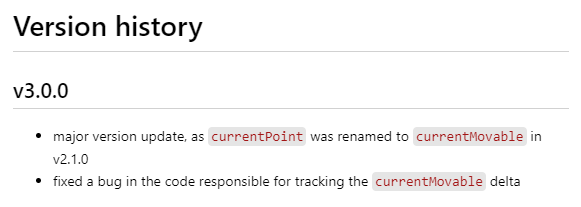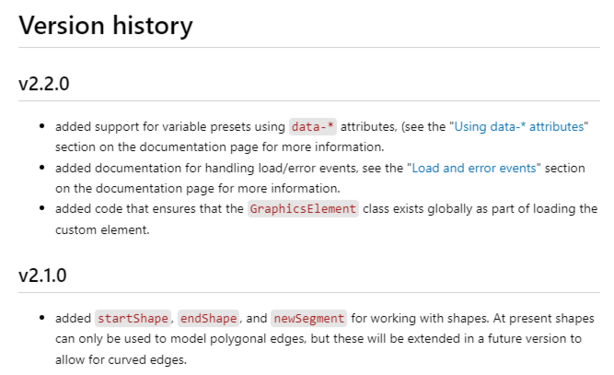Petit composant web que je développe depuis un moment et que j'ai enfin pris le temps de terminer (enfin presque).
Il permet de représenter graphiquement des relations entre items et de les enregistrer en json.
L'enregistreur de bureau #Gnome n'a malheureusement pas saisi le curseur de la souris.
Ca sera évidemment publié sous licence libre dés que se sera prêt.

